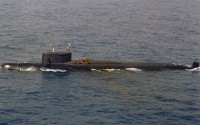Modern underwater vehicles
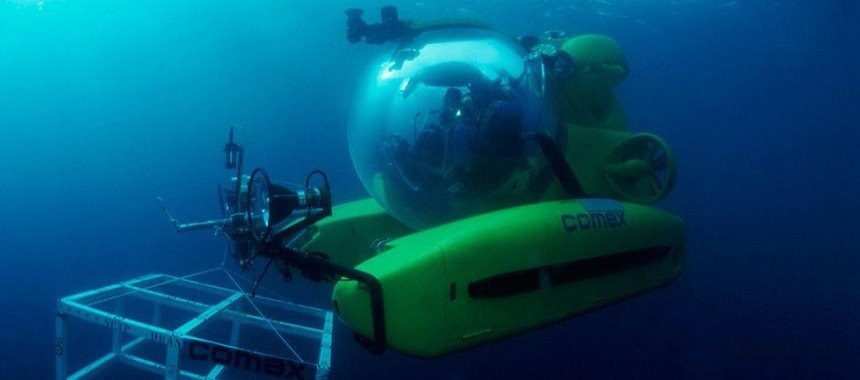
The ocean is the largest and most alien habitat, there lies enormous power and overwhelming pressure. Until recently, mankind was denied access to this part of the planet. Studies of the underwater world have become possible due to modern underwater vehicles.
The ocean abounds in food, resources and even treasures. He is little explored, since man is better adapted on land. Underwater, he feels insecure. At a depth of 10 meters, the pressure doubles. With depth, the pressure more and more makes itself felt. The pain in the ears is felt a few meters from the surface. Pulsating pain can be healed only by holding your nose or blowing your ears. The greater the depth, the more dangerous the barotrauma. A person can dive only up to several hundred meters, otherwise pressure can crush him. With increasing pressure, the world is changing significantly. After a few meters, oxygen, which is a life gas, becomes toxic. Therefore, divers have to breathe a carefully selected mixture of gases.
In some people, the dream of a lifetime was diving and the creation of marine vehicles for underwater research, capable of withstanding high pressures and transferring people to the underwater world. And they have achieved their goal — millions of divers are working and resting under water. For this small achievement many lives have been paid. The main danger is decompression or caisson disease. The deeper a person sinks, the more gas absorbs his body. If the diver suddenly starts to rise too quickly, nitrogen bubbles form in his body. These vesicles can block small vessels and disrupt blood access to vital organs. As a result, severe seizures, pain in the chest and difficulty breathing. Gas begins to look for a way out, and a person can remain a cripple or even die. The only rescue decompression chamber. By placing a person in the chamber, reduce the number of bubbles in the blood, and oxygen helps to remove inert gases from the body that pose a threat to life.
But, despite the dangers, the ocean continues to attract a person.
The world is full of enthusiasts who design underwater vehicles. Some machines are so lightweight that they can even be carried. But at the same time they are strong enough — the acrylic sphere of the device is able to withstand water pressure at a depth of almost 1000 meters — deeper than most modern submarines. The usual scuba diving allows you to dive for 30-40 meters.
Deep Flight Super Falcon submarine
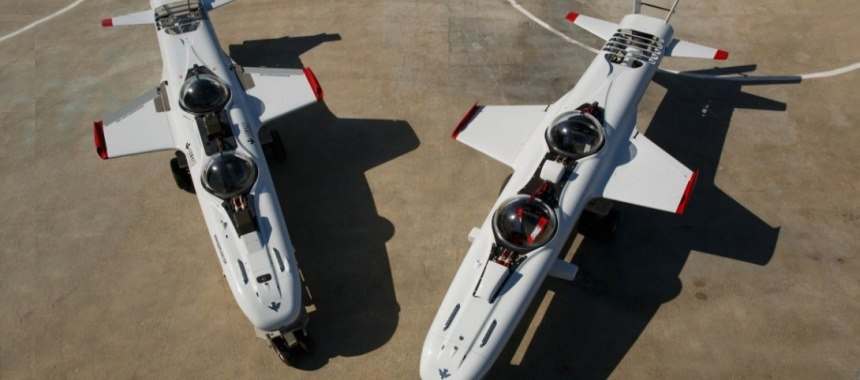 Deep Flight Super Falcon
Deep Flight Super Falcon
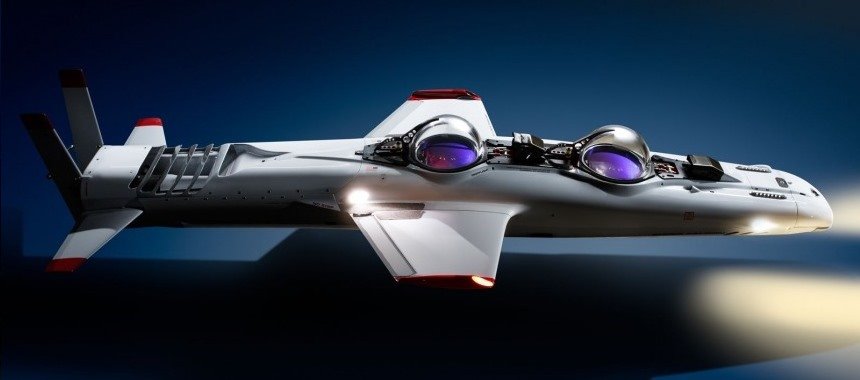 Deep Flight Super Falcon
Deep Flight Super Falcon
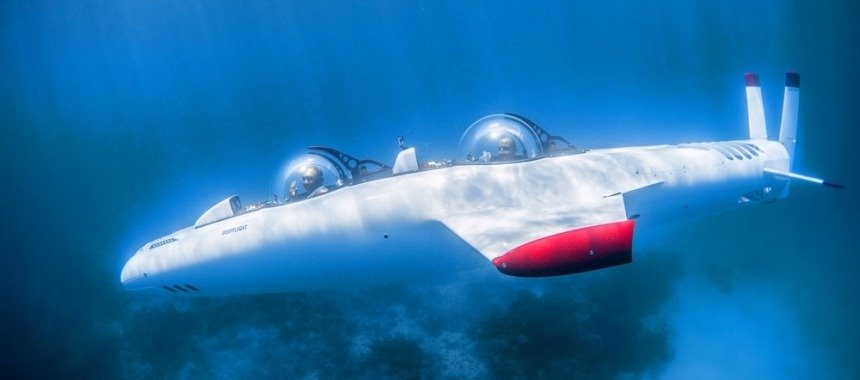 Deep Flight Super Falcon
Deep Flight Super Falcon
Inhabited underwater vehicle «Deep Flight Super Falcon» creates inside pressure in one atmosphere — overboard is 100 times higher. The sea machine was launched in 1996. The underwater vehicle is driven by an electric motor that draws power from the batteries. The charge lasts for 4 hours. The depth of the dive is up to 1000 meters. The acrylic housing protects pilots from deadly pressure of 100 atmospheres. «Deep Flight Super Falcon» is not like other inhabited underwater vehicles. Initially, the Deep Flight Super Falcon was a submarine designed for the millionaire Tom Perkins and his superyacht Maltese Falcon by Hawkes Ocean Technologies. Noticing the demand for their development, the company's representatives decided to turn the design of underwater vehicles into business. In addition to the original underwater vehicle for 1.3 million dollars, Hawkes Ocean Technologies sells a mini-submarine version with open cabins for 350 thousand dollars.
Technical data of the Deep Flight Super Falcon submarine:
- Length — 3.5 m
- Wingspan 2 m
- Depth of immersion — 1,000 m
- Speed is 6 knots
- Crew — 2 people
Underwater vehicle «Oceaneering»
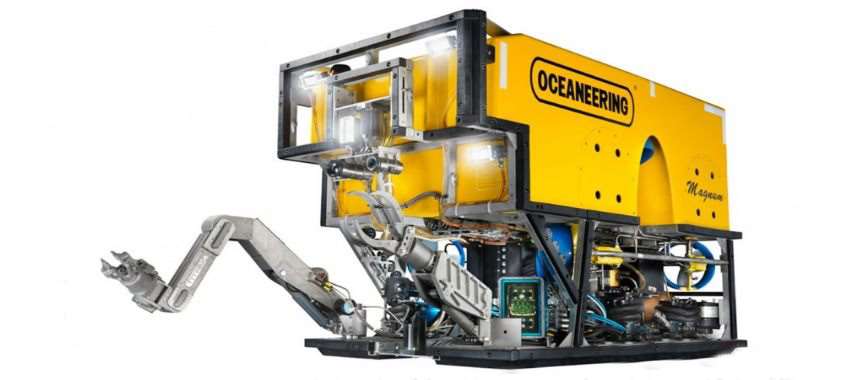 Appearance of the Oceaneering device
Appearance of the Oceaneering device
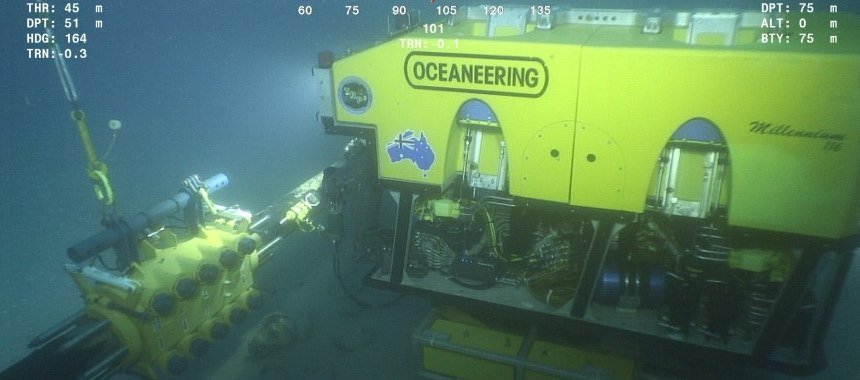 Oceaneering underwater work
Oceaneering underwater work
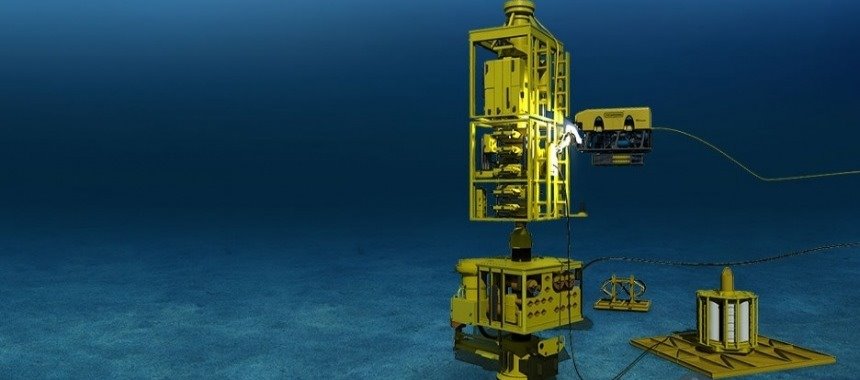 Underwater facility maintenance scheme
Underwater facility maintenance scheme
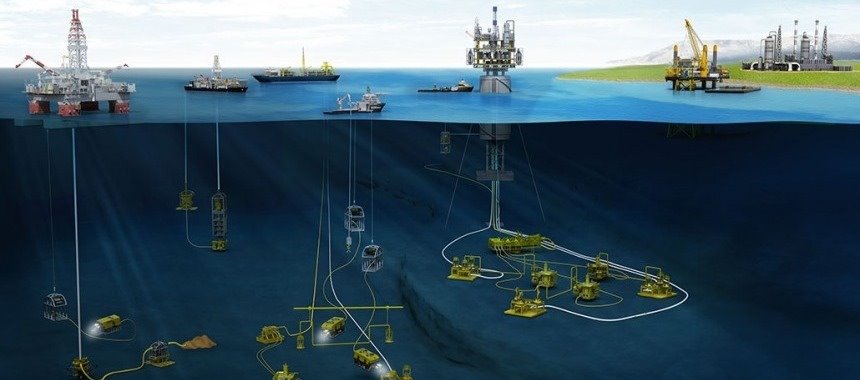 Oceaneering devices collaboration scheme
Oceaneering devices collaboration scheme
It is very important to create machines that are able to withstand the underwater elements — this is the long-term goal of humanity, because the ocean occupies 2/3 of the planet.
Some underwater vehicles can independently explore the ocean. They are called uninhabited underwater vehicles. Today, underwater worlds are dominated by underwater robots. Smart, self-propelled robots build oil pipelines and various structures at great depths. Autonomous underwater vehicles or remote control devices (RCDs) have heavy-duty housings, efficient manipulators and video cameras that transmit high-definition images. They have perfect engines and are controlled by commands transmitted by cable communication.
The unmanned underwater vehicle «Oceaneering» can operate at a depth of up to 6500 m, capable of lifting 270 kg. His manipulator can perform seven actions.
Today, underwater robots successfully cope with many of the tasks previously performed by divers — cleaning and repair of pipelines, replacement of valves and checking their tightness. The oil and gas industry contributed to the improvement of underwater robots. The reason for their development is economy and practicality. Managers of oil companies realized that using RCD would save the costs of keeping divers and also save a lot of lives. The use of modern technology has made underwater vehicles more reliable. Modern marine machines are powerful and effective tools, but their effectiveness depends on the talent of their operators. Many of them are experienced video gamers. They use their unique skills in managing these wonderful marine vehicles. Good operators know how to convert a two-dimensional image from a screen to a three-dimensional image.
Underwater robot «Ventana»
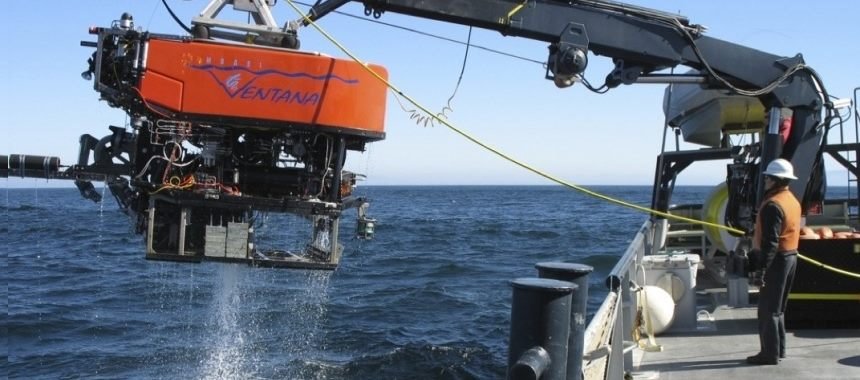 Ventana Robot
Ventana Robot
With the help of autonomous underwater vehicles material is collected, rare forms of underwater life are raised for marine research institutes.
The underwater robot «Ventana» is one of the most advanced scientific RCD. Its mechanical arms are able to work underwater with an accuracy of 13 mm. With its help, a real-time image is broadcast through satellite communication to the aquarium of the Monterey Bay, where spectators can admire the view of the sea depths and the inhabitants. In the world there is no such a tourist program anymore.
Some engineers generally try to exclude the presence of a person in underwater work. Their offspring is an autonomous deep-sea apparatus. A program is assigned to the marine machine, and it is sent to the site independently and performs work. And they already exist.
Modern underwater vehicles, controlled by a person or remotely — this is the embodiment of many years of effort of the human mind.
Walk on the underwater vehicle «SportSub»
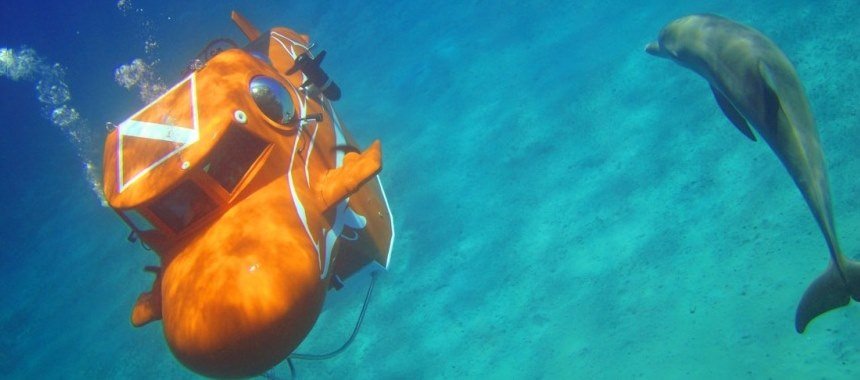 The device for walking SportSub
The device for walking SportSub
Deep Flight Aviator
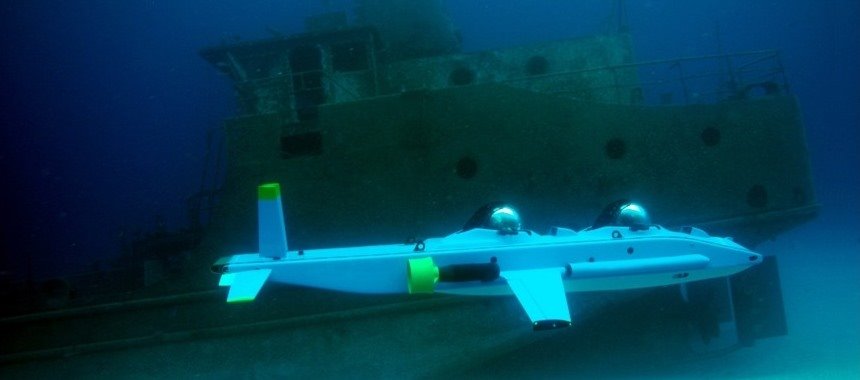 Underwater vehicle Deep Flight Aviator
Underwater vehicle Deep Flight Aviator
Underwater vehicle «Deep Rover»
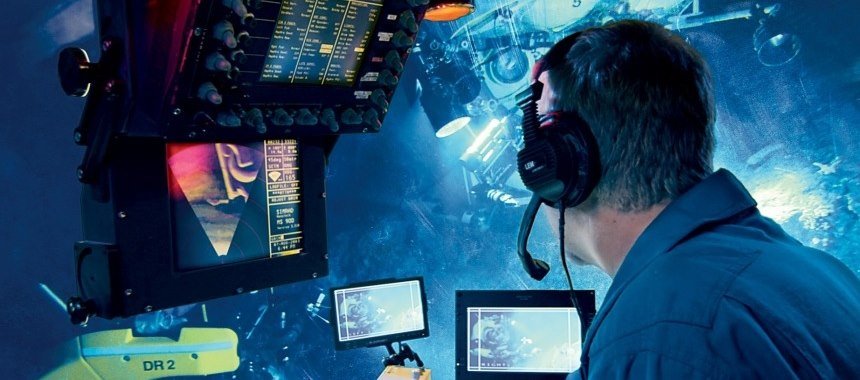 Deep Rover Underwater Vehicle
Deep Rover Underwater Vehicle
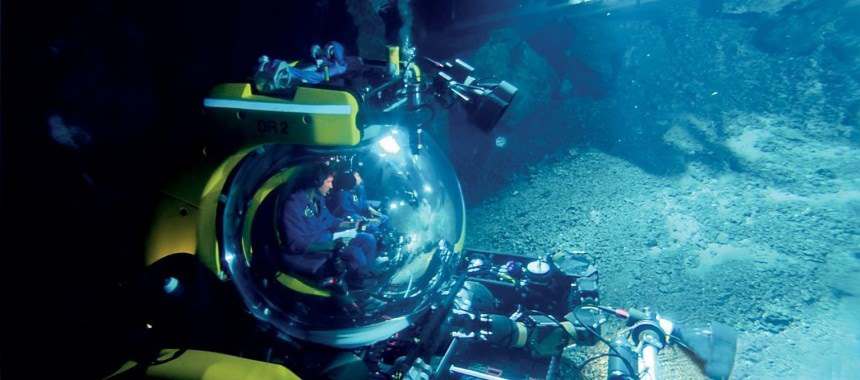 On board the Deep Rover 1
On board the Deep Rover 1
- Comments
 en
en ru
ru uk
uk


